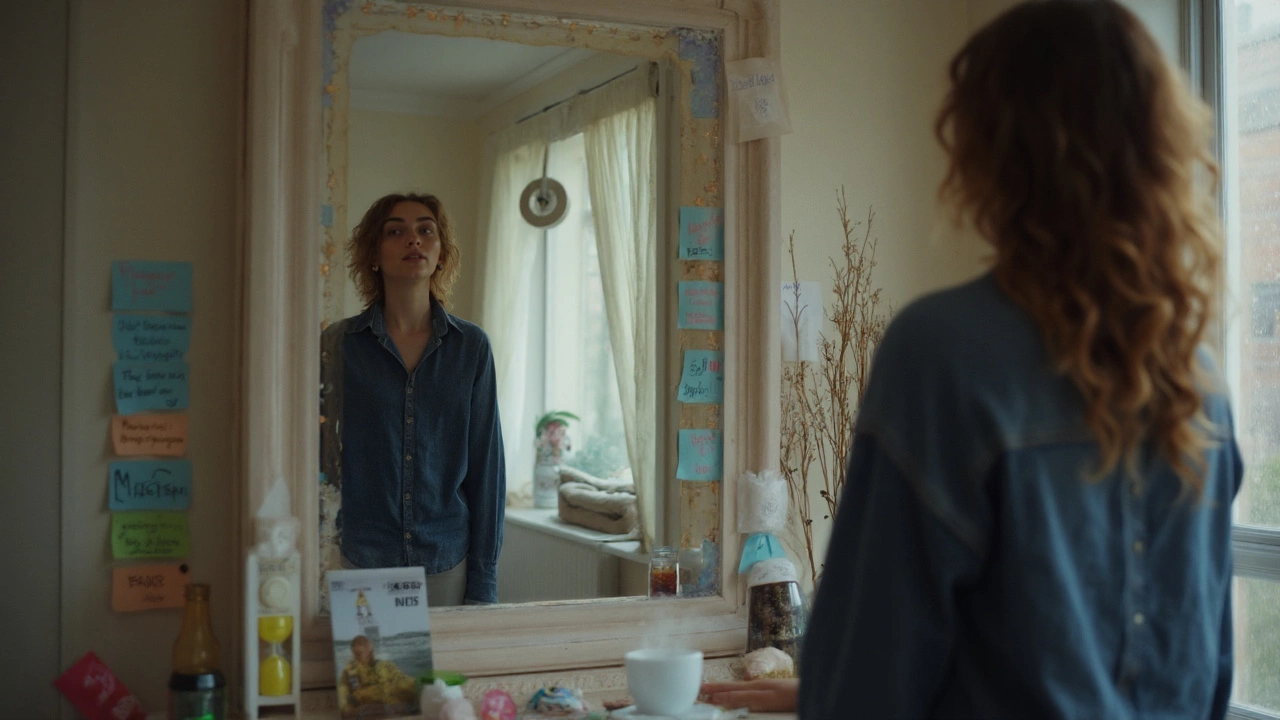Mirror Obsession: Everything You Need to Know
If you’ve ever stared at a bathroom mirror and wondered why it feels so important, you’re not alone. Mirrors are more than just reflective glass – they shape rooms, influence moods, and even spark weird fears. This page pulls together the most useful facts from our articles, so you can pick the right mirror, understand its price, and get why they sometimes feel creepy.
Types and Everyday Uses
There are three basic mirror styles you’ll run into: flat, concave, and convex. Flat mirrors give a true‑to‑life reflection and are perfect for bathrooms, dressing rooms, and hallway closets. Concave mirrors curve inward; they magnify the image and are great for shaving, makeup, or decorative pieces that need a dramatic look. Convex mirrors bulge outward, shrinking what they show – ideal for safety in hallways, drive‑throughs, and retail stores because they let you see a wide area at once.
Each type has a sweet spot. For a small apartment, a large flat mirror can make the space feel bigger. If you need a handy tool for detailed work, a concave “magnifying” mirror on a stand works wonders. And a convex mirror above a stairwell can help prevent accidents. Knowing the function saves you from buying a pricey piece you’ll never actually use.
Cost, Care, and the Psychology Behind Mirrors
How much should you expect to spend? Basic bathroom mirrors start around £20‑£40, while designer frames can push the price above £200. The biggest cost drivers are glass thickness, backing material, and frame quality. A thicker glass (6 mm or more) resists warping, and a solid wood or metal frame adds durability and style. When you compare options, ask yourself: Do I need extra safety glass for a child’s room? Do I want a frame that matches my decor? Answering these questions keeps the budget realistic.
Mirrors also mess with our brains. Some people develop eisoptrophobia, a fear of seeing their own reflection, often sparked by myths or a sudden sense of vulnerability. Others are drawn to “black mirrors” – dark, reflective surfaces that feel mysterious and can stir deep emotions. Understanding this psychology helps you choose placement – put a mirror where you feel comfortable, avoid glare in bedrooms if it disrupts sleep, and consider dimmer lighting if the reflection feels too intense.
Taking care of a mirror is simple. Wipe it with a soft microfiber cloth and a mix of water and a tiny drop of dish soap. Avoid abrasive cleaners; they scratch the coating. For framed mirrors, check the backing every few months for loosened clips and tighten them to prevent the glass from shifting.
Bottom line: pick the type that fits the room’s purpose, set a clear budget based on glass and frame quality, and be aware of how mirrors affect mood. With the right choice, a mirror becomes a stylish, functional piece rather than a source of anxiety.
Who actually gets obsessed with mirrors? Learn the psychology, the normal stuff (toddlers, dancers), red flags like BDD/OCD, and practical steps to reset your mirror habits.
Sep, 12 2025
